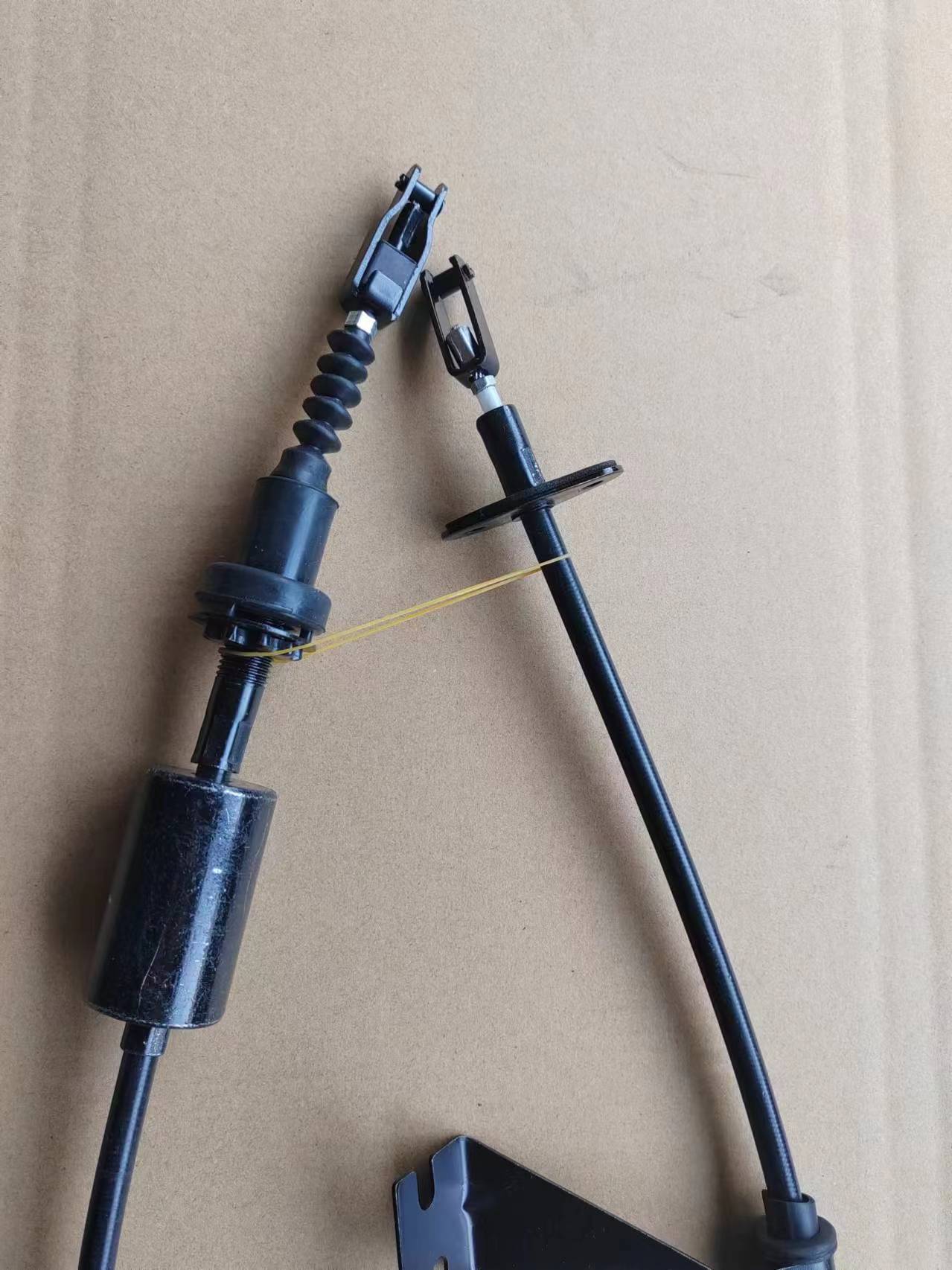Understanding the Importance of Automatic Transmission Shifter Cables in Vehicle Performance and Functionality
Understanding Auto Transmission Shifter Cables The Unsung Heroes of Modern Vehicles
When it comes to the intricate systems that power and control our vehicles, the focus is often on the engine, transmission, and various technologies that improve efficiency and performance. However, one of the fundamental components that plays a crucial role in the operation of an automatic transmission is the shifter cable. Often overlooked, the auto transmission shifter cable is an essential part of ensuring that drivers can smoothly and accurately shift gears, ultimately enhancing the driving experience.
What is an Auto Transmission Shifter Cable?
The auto transmission shifter cable is a flexible cable that connects the gear shifter in the vehicle's cabin to the transmission itself. It serves as a communication link between the driver and the transmission, translating the driver’s intention to change gears into corresponding actions in the transmission. This cable allows for the seamless transition between park, reverse, neutral, and drive, facilitating smooth gear changes as the vehicle accelerates or decelerates.
How It Works
When a driver moves the gear lever, the shifter cable transmits that movement to the transmission. The mechanism is straightforward yet highly effective as the driver pushes or pulls the shifter, the cable moves in response, activating the appropriate levers in the transmission. This engagement tells the transmission to shift gears accordingly, enabling the vehicle to perform optimally at various speeds and driving conditions.
Common Issues with Shifter Cables
Despite their robustness, shifter cables are not immune to wear and tear. Over time, exposure to heat, moisture, and other environmental factors can lead to deterioration. Some common issues associated with a malfunctioning shifter cable include difficulty in shifting gears, the gear shifter feeling loose or unresponsive, or even the inability to shift out of a particular gear. In some instances, drivers may notice that the gear indicator does not align correctly with the gear selected, signaling that the cable may be misaligned or damaged.
auto transmission shifter cable

Symptoms of a Failing Shifter Cable
Being aware of the symptoms related to a failing shifter cable can save drivers time and money in repairs. Key indicators include
1. Difficulty Shifting If you struggle to move the gear lever, it's a sign that the shifter cable may be compromised. 2. Unusual Sounds Grinding or clunking noises when shifting can suggest a problem in the transmission or the shifter cable. 3. Misaligned Gear Indicator If the gear indicator does not match the gear you are in, the shifter cable may be misaligned.
4. Stuck Gear Selector If the gear lever becomes stuck in a particular position, it may indicate a broken or jammed shifter cable.
Maintenance and Replacement
Regular vehicle maintenance includes inspections of all critical components, including the shifter cable. If any signs of wear or malfunction are detected, it is advisable to consult with a qualified mechanic. Repairing or replacing a damaged shifter cable can prevent further complications with the vehicle’s transmission system, ensuring the reliable performance of the car.
Conclusion
In summary, the auto transmission shifter cable is a vital component that significantly impacts vehicle functionality and driver experience. Understanding its role, common issues, and signs of failure can equip drivers with the knowledge needed to maintain their vehicles better. By taking proper care of the shifter cable and addressing any concerns promptly, drivers can enjoy a smoother, more efficient ride, highlighting the importance of this often-overlooked component in the world of automotive engineering.
-
Workings of Clutch Pipe and Hose SystemsNewsJun.04,2025
-
The Inner Workings of Hand Brake Cable SystemsNewsJun.04,2025
-
The Secrets of Throttle and Accelerator CablesNewsJun.04,2025
-
The Hidden Lifeline of Your Transmission Gear Shift CablesNewsJun.04,2025
-
Demystifying Gear Cables and Shift LinkagesNewsJun.04,2025
-
Decoding Clutch Line Systems A Comprehensive GuideNewsJun.04,2025
